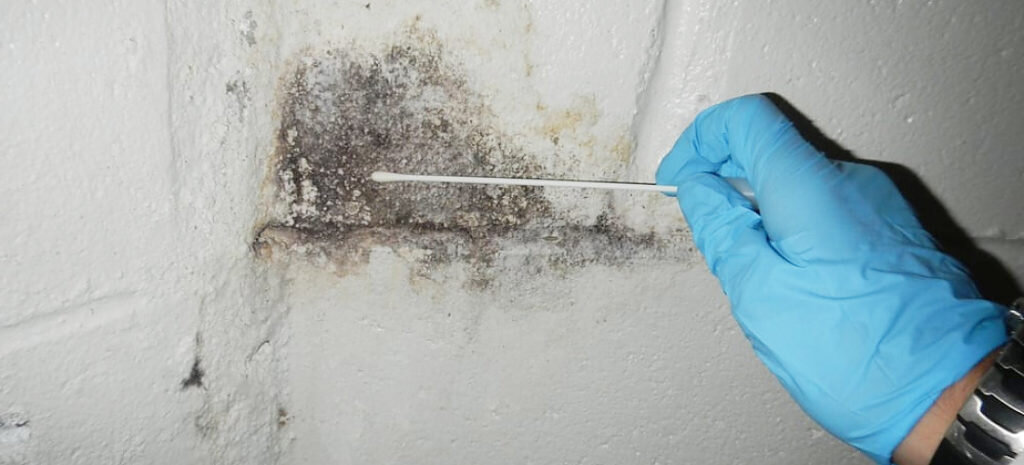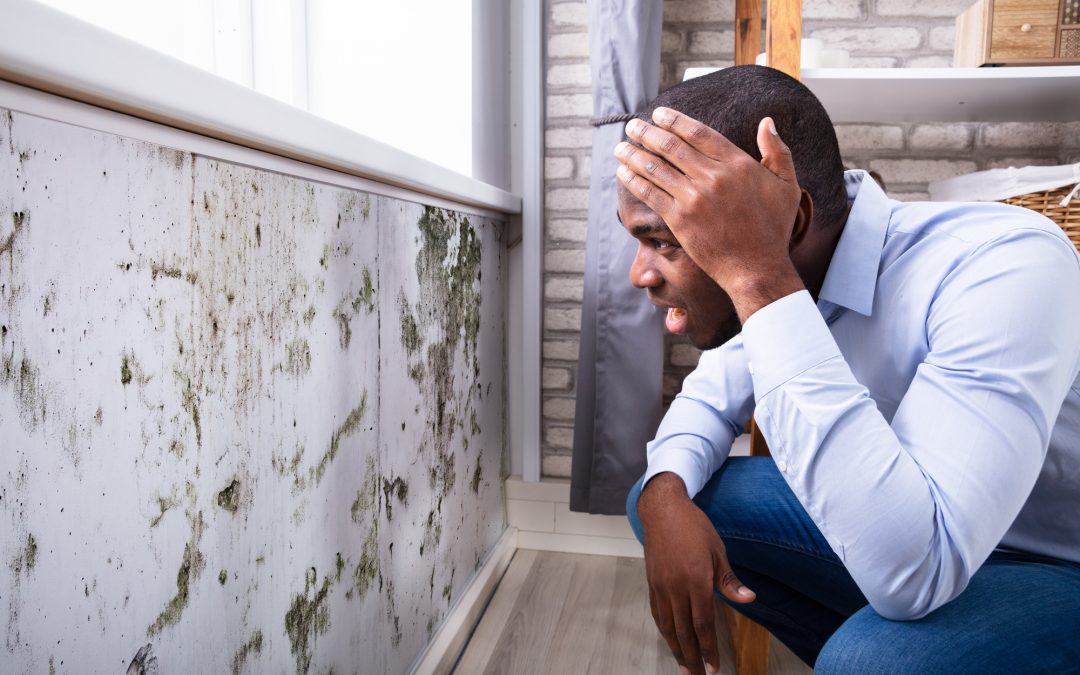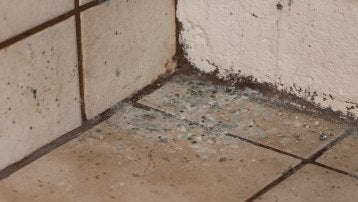Testing Air Quality After Mold Remediation
Your Ultimate Guide to Message Mold And Mildew Remediation Techniques
Browsing the world of post-mold remediation techniques is a precise process that requires attention to detail and an extensive understanding of the intricacies involved. In the results of mold and mildew problem, understanding how to effectively eliminate the mold and avoid its reoccurrence is critical for keeping a healthy and balanced indoor environment. From picking the best cleansing and sanitizing methods to applying approaches for long-term mold and mildew avoidance, each step in the removal journey plays an important duty in guaranteeing an effective end result. As we start this expedition of post-mold removal strategies, we will discover the key approaches and ideal practices that can assist you recover your area to its pre-mold problem and secure it against future mold threats.
Understanding Post-Mold Remediation Process
After completing the mold removal procedure, it is crucial to understand the post-mold removal strategies that are needed to guarantee a thorough and reliable cleaning. Once the mold has actually been eliminated, the next action involves cleaning and sanitizing the influenced locations to stop any regrowth of mold.
Additionally, performing a final examination post-remediation is important to ensure that all mold has actually been effectively gotten rid of. This inspection should include a complete aesthetic check as well as potentially air tasting to verify the absence of mold spores in the air. If the examination discloses any kind of lingering mold, added removal may be required. Informing residents on preventative measures such as controlling moisture degrees and promptly attending to any water leaks can aid preserve a mold-free atmosphere.
Efficient Cleaning and Sanitizing Methods

Preventing Future Mold And Mildew Growth

Significance of Proper Air Flow
Appropriate ventilation plays an essential function in preventing dampness accumulation, a key consider mold development within indoor settings. Efficient air flow systems help get rid of excess moisture from the air, reducing the possibilities of mold spores discovering the dampness they require to germinate and spread out. Without adequate air flow, interior spaces can come to be a breeding place for mold and mildew, causing potential health and wellness threats and structural damages.
By guaranteeing correct air circulation, air flow systems can additionally help in drying damp areas quicker after water damage or flooding incidents, additionally deterring mold development. Post Mold Remediation. In areas like bathrooms, attics, kitchen areas, and basements where moisture levels often tend to be higher, setting up and preserving efficient air flow systems is vital in preventing mold infestations

Tracking and Maintenance Tips
Provided the essential role that proper ventilation plays in preventing mold growth, it is necessary to develop reliable surveillance and upkeep tips to ensure the ongoing performance of air flow systems. Tracking humidity degrees within the property is also essential, as high moisture can contribute to mold and mildew growth. By staying proactive and attentive to the problem of ventilation systems, residential property owners can efficiently mitigate the risk of mold and mildew regrowth and preserve a healthy indoor environment.
Verdict
To conclude, post-mold remediation techniques are essential for guaranteeing a risk-free and clean setting. Understanding the process, applying efficient cleaning and decontaminating techniques, protecting against future mold and mildew growth, keeping appropriate ventilation, and routine monitoring are all crucial action in the remediation procedure. By complying with these standards, you browse this site can successfully remove mold and stop its return, promoting a healthy and balanced living or functioning room for all residents.
In the aftermath of mold problem, knowing just how to effectively get rid of the mold and prevent its reoccurrence is extremely important for preserving a healthy and balanced indoor atmosphere. As soon as the mold and mildew has been gotten rid of, the next step entails cleaning and sanitizing the affected areas to protect against any type of regrowth of mold and mildew - testing air quality after mold remediation. After getting rid of noticeable mold development, it is important to cleanse all surface areas in the affected area to get rid of any kind of remaining mold spores. To additionally boost mold prevention measures, it is vital to resolve underlying issues that initially led to mold and mildew advancement.Offered the critical role that correct ventilation plays in preventing mold and mildew development, it is essential to establish effective Recommended Site monitoring and maintenance pointers to make certain the continued functionality of air flow systems